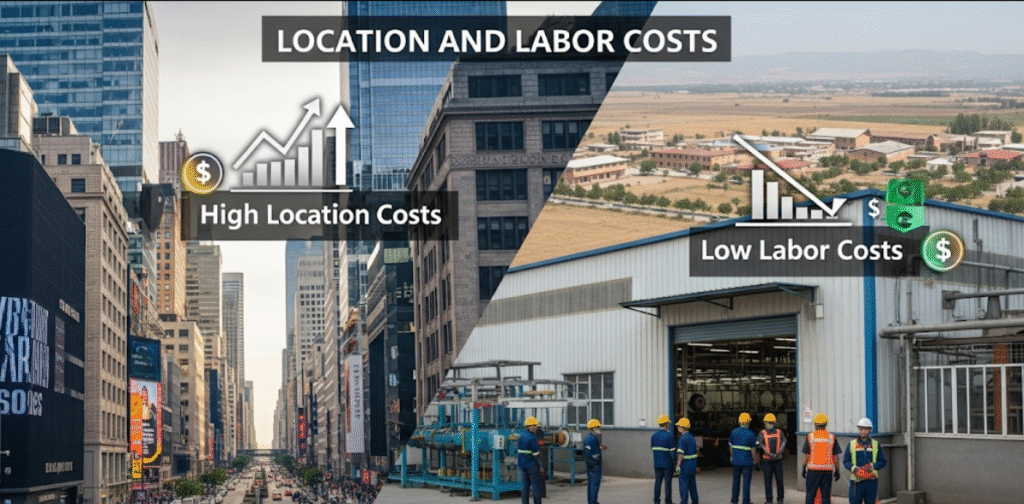When planning a home renovation, it’s essential to understand the factors that can influence your costs. Material choices can lead to significant variations in both upfront and long-term expenses. The project scope determines the level of investment needed, whether you’re opting for a simple facelift or an extensive remodel. Additionally, location plays an important role in labor and material pricing. How these elements interact will shape your renovation budget more than you might expect.
Key Takeaways
- Material choices significantly affect the budget, with sustainable options often costing more upfront but saving long-term expenses.
- The scope of the project, whether a cosmetic upgrade or full remodel, influences both time and cost.
- Labor costs vary by location; urban areas may have higher rates due to demand for skilled tradespeople.
- Design complexity and quality of materials can increase installation fees and overall expenses.
- Permits and regulations can add time and costs, impacting the renovation timeline and budget.
Material Choices

When it comes to home renovation costs, your choice of materials can considerably impact your budget. Opting for sustainable materials, like bamboo or reclaimed wood, often provides eco-friendly benefits, but may come with a higher upfront cost.
Your choice of materials in home renovations significantly influences your budget, with sustainable options often requiring a higher initial investment.
On the other hand, using conventional materials might save you money initially, but could lead to higher long-term expenses due to durability issues.
If you’re considering high-end finishes, like quartz countertops or custom cabinetry, factor in not just the material cost but also installation fees.
Balancing sustainability with quality can help you make informed choices that align with your financial goals and values.
Project Scope
Choosing the right materials greatly influences the overall scope of your renovation project. You must carefully consider how each decision impacts both budget planning and timeline management.
Here are four key elements to assess:
- Extent of Work: Determine if you’re doing a cosmetic upgrade or a full remodel.
- Material Quality: Higher-quality materials often come with increased costs but can enhance longevity.
- Design Complexity: Intricate designs require more time and expertise.
- Permits and Regulations: Verify you account for any necessary permits, which can add to both time and costs.
Each factor can profoundly shape your renovation experience.
Location and Labor Costs

Understanding location and labor costs is essential for accurately estimating your renovation budget, especially since these factors can vary greatly based on where you live.
The labor market in your area greatly influences your expenses; skilled tradespeople may charge more in urban centers compared to rural regions.
Additionally, regional pricing affects materials and labor costs, as local demand can drive prices higher.
Researching your area’s labor market and obtaining multiple quotes can help you gauge fair pricing.
Ultimately, recognizing how location impacts these costs will enable you to make informed decisions and avoid unexpected financial strain during your renovation project.
Conclusion
In conclusion, understanding the three key factors—material choices, project scope, and location—is essential for managing your home renovation costs. By carefully evaluating your materials, defining the extent of your project, and considering local labor market conditions, you can make informed decisions that align with your budget and long-term goals. Taking these elements into account will help guarantee your renovation not only enhances your home’s value but also meets your functional and aesthetic needs.




